By Jeffrey Sanzel
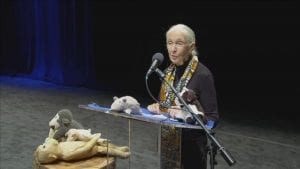
It could not be more appropriate that the new documentary Jane Goodall: The Hope premiered globally on Earth Day, April 22, in 172 countries and 43 languages on National Geographic, Nat Geo WILD and Nat Geo MUNDO channels. At the heart of Goodall’s work is more than just the wonder of nature but the need to respect and honor our coexistence with other species of the planet. Her passionate yet gentle character is iconically associated with this message.
The two-hour film continues where Jane (2017) left off. Jane Goodall: The Hope is an exploration of the work she has done since 1986, when she transitioned from scientist to scientist-advocate. It is a beautiful film, powerful and simple, with no narration. Instead, it is told through interviews juxtaposed with recent and archival footage spanning over six decades.
There are a few nods to her earlier life. One of the first scenes, Goodall shows her childhood copy of The Story of Doctor Dolittle, the book that first opened her eyes to a world of possibilities. There are occasional glimpses into her person life — some time spent with her grandchildren or having a glass of whiskey with friends. But the heart of the film is Jane Goodall as conservationist and messenger.

At 86, Goodall still maintains a grueling schedule of three hundred days on the road, traveling and speaking across the entire globe. In one sequence, she is shown shuttling from airport to hotel room (where she makes toast on an iron) to traveling again.
It would be a difficult schedule for someone a third her age, but Goodall sees it as both quest and responsibility. When told she should slow down, her response is that she must speed up as time is running out. Between tours she lives in the English home that her family has had since 1940, sharing with her younger sister, Judy. We are treated to just a few rare moments of rest, accentuating her constant and unflagging work.
Goodall never sought fame but has reluctantly accepted it to further her cause. She readily admits that she would have preferred to stay in the forests of Gombe, living with and studying chimpanzees, but realized she was in a position to speak out where people would listen.
Whether addressing a crowd of several thousand or interacting with a handful of elementary students, her unique spirit comes through. Her goal is to always reach people through their hearts. She is a guide and a messenger, not a preacher. One boy describes her as “Mother Theresa for the environment.”
Her outreach has included the Jane Goodall Institute as well as the Zanzibar-based Roots and Shoots program. The latter engages young people on issues of conservation and gets them directly involved. She is particularly inspiring to young girls, several of whom give impassioned paeans to Goodall as a role model. In fact, the latter third of the documentary concentrates on her legacy and the myriad results of the seeds she has planted.
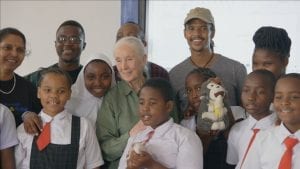
The film highlights her ability to connect with people and not divide them. James Baker, former White House Chief of Staff, was an avid hunter. Yet, she was able to find common ground in a belief in clean water. He readily gave her introductions to countries across the world. She developed a long-time relationship with Rodney Macalister, manager for Conoco. Throughout, he is interviewed and marvels at how she managed to get a huge oil company to build a chimpanzee sanctuary. He states simply, “She commands respect in the softest of ways.”
Goodall went into labs that used primates for experimentation so that she could report firsthand. Often questioned by more radical activists, she makes clear that she would rather work with people “to do it better” then to be constantly adversarial. Ultimately, with years of considerable yet considerate pressure, she got the National Institute of Health to reduce its use of animals for the testing of drugs and other experiments. She has the ability to bridge the gap between the most unlikely individuals.
It should be noted that there is disturbing footage of the torture and mistreatment of chimpanzees. The filmmakers have wisely not overused these important images but they are as devastating as they are essential in their depiction of cruelty and neglect.
The documentary clearly shows Goodall’s inner focus: “I believe only that when head and heart can work in harmony we can achieve our true potential.” Her message is shared with everyone from the youngest children to the most educated of academics, from politicians to Prince Harry. And her affect on them is clear.
She is hope attached to action. She understands that to make conservation work you have to engage with the local people and make their lives better. Conservation must help through community, remembering that there are basic needs that will come first (e.g., health, water, education).
Ultimately, it is Jane Goodall’s optimism that shines through. Her belief that the young people can and will make the world a better place. One of the final moments of the film is her speaking to a sold-out crowd. She raises her hand and says: “Together we can —together we will save the world.” And because she believes, it makes us believe it too. Jane Goodall: The Hope is an important film in the truest of ways. It is not just to be seen; it is to be shared.
Jane Goodall: The Hope is now streaming free on demand.

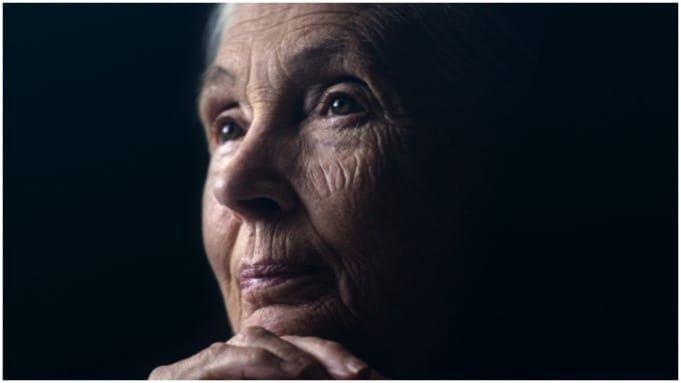
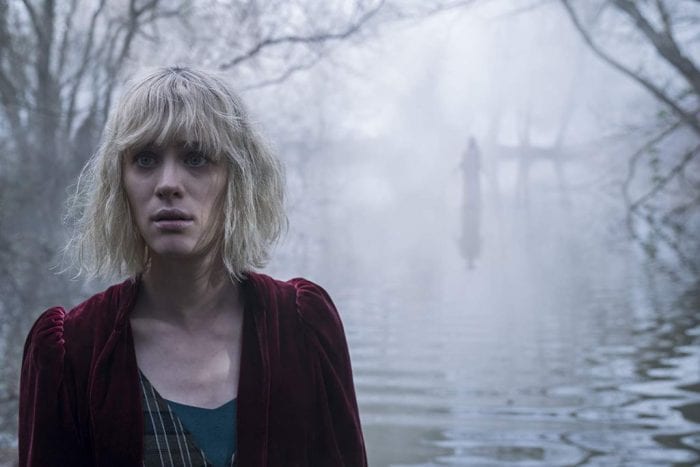




 “Though it’s unlikely there will ever be another place quite like the High Line, it offers a wealth of insights and approaches worthy of emulation in gardens large or small, public or private. Authentic in spirit and execution, the High Line’s gardens offer a journey that is intriguing, unpredictable, imperfect, and, above all, transformative.”
“Though it’s unlikely there will ever be another place quite like the High Line, it offers a wealth of insights and approaches worthy of emulation in gardens large or small, public or private. Authentic in spirit and execution, the High Line’s gardens offer a journey that is intriguing, unpredictable, imperfect, and, above all, transformative.”
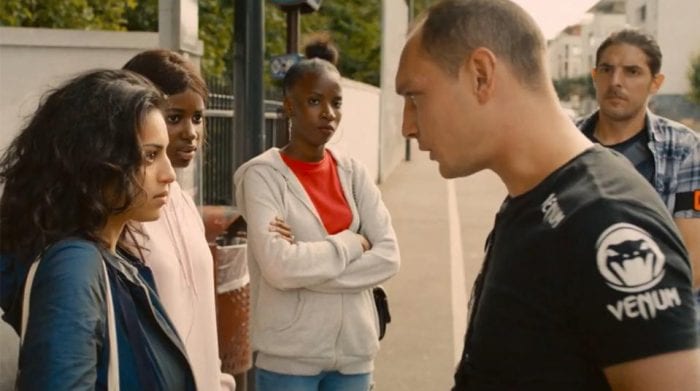
 Quickly, the action shifts to Les Bosquets, Montfermeil’s most notorious and crime-ridden social estate. Police officer Stéphane Ruiz, an emotional and moral core as played in a brooding, heartfelt performance by Damien Bonnard, has arrived for his first day, having been transferred from Paris, to join the anti-crime brigade. He is placed with the high-strung, abusive, and sadistic Chris (Alexis Manenti, dangerously mercurial) and the more laid-back Gwada (understated but wholly engaging Djebril Zonga), who grew up in the neighborhood.
Quickly, the action shifts to Les Bosquets, Montfermeil’s most notorious and crime-ridden social estate. Police officer Stéphane Ruiz, an emotional and moral core as played in a brooding, heartfelt performance by Damien Bonnard, has arrived for his first day, having been transferred from Paris, to join the anti-crime brigade. He is placed with the high-strung, abusive, and sadistic Chris (Alexis Manenti, dangerously mercurial) and the more laid-back Gwada (understated but wholly engaging Djebril Zonga), who grew up in the neighborhood. Even after they locate Issa, it is an act of violence — revealed to be not as accidental as it first seems — that drives the latter part of the film. From then on, it is a race between the police officers and the various residents to track down the video from Buzz (wide-eyed and fearful Al-Hassan Ly), the boy whose drone recorded the incident. It all builds to a showdown that is both a literal and figurative conflagration.
Even after they locate Issa, it is an act of violence — revealed to be not as accidental as it first seems — that drives the latter part of the film. From then on, it is a race between the police officers and the various residents to track down the video from Buzz (wide-eyed and fearful Al-Hassan Ly), the boy whose drone recorded the incident. It all builds to a showdown that is both a literal and figurative conflagration.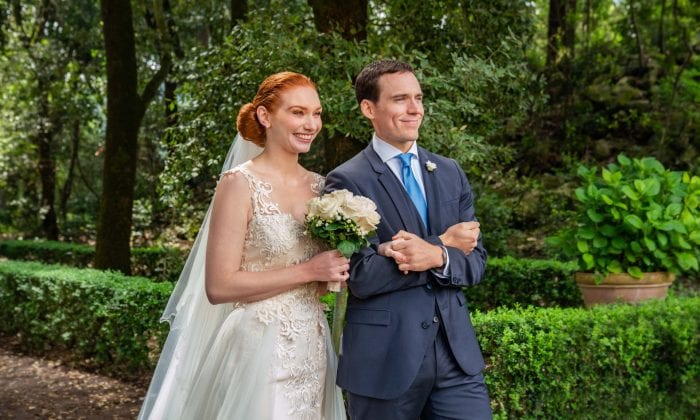
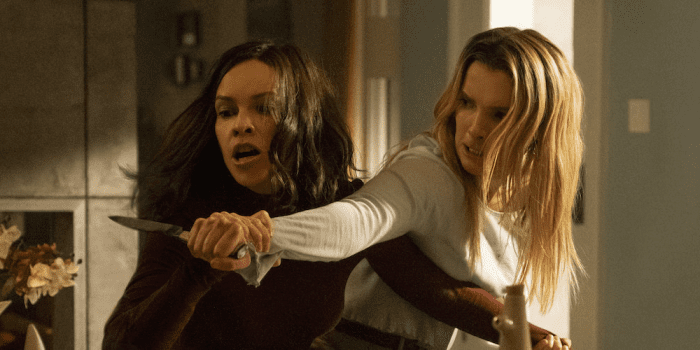
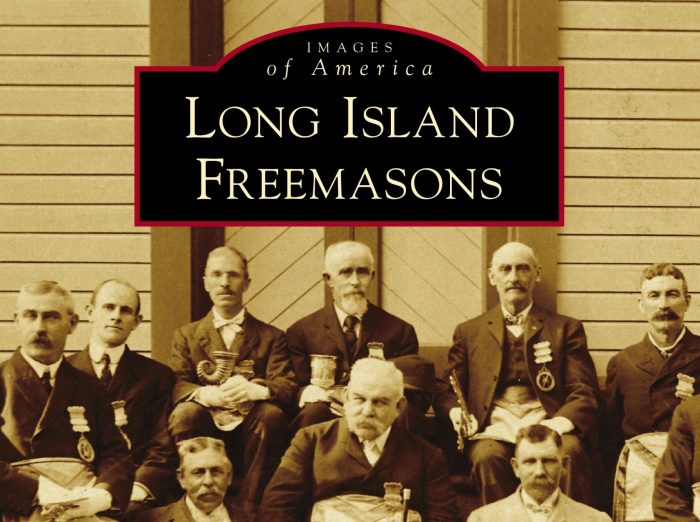


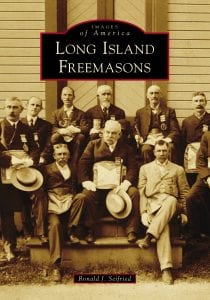 The Hawkins-Mount Homestead, in Stony Brook, was used several times in 1802 as a meeting place for the Suffolk Lodge; its owner, Major Jonas Hawkins, was a member of the Culper Spy Ring during the American Revolution. Chief Crazy Bull, grandson to the famous Sioux Chief Sitting Bull of the Hunkpapa Lakota Tripe, was a member of the Suffolk No. 60 Lodge, which is still located on Main Street in Port Jefferson.
The Hawkins-Mount Homestead, in Stony Brook, was used several times in 1802 as a meeting place for the Suffolk Lodge; its owner, Major Jonas Hawkins, was a member of the Culper Spy Ring during the American Revolution. Chief Crazy Bull, grandson to the famous Sioux Chief Sitting Bull of the Hunkpapa Lakota Tripe, was a member of the Suffolk No. 60 Lodge, which is still located on Main Street in Port Jefferson.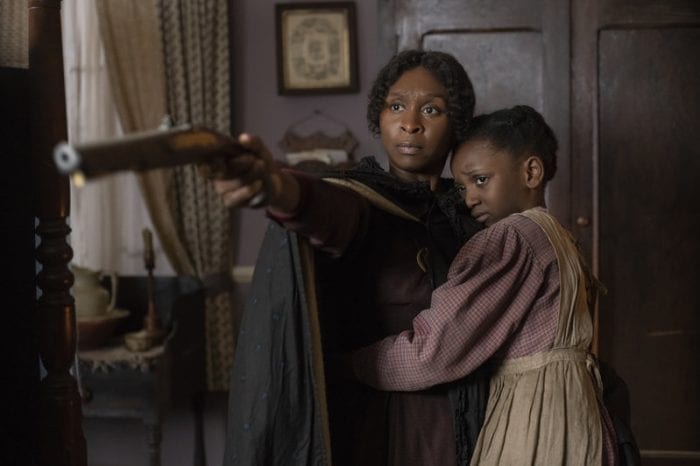
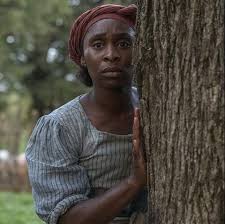

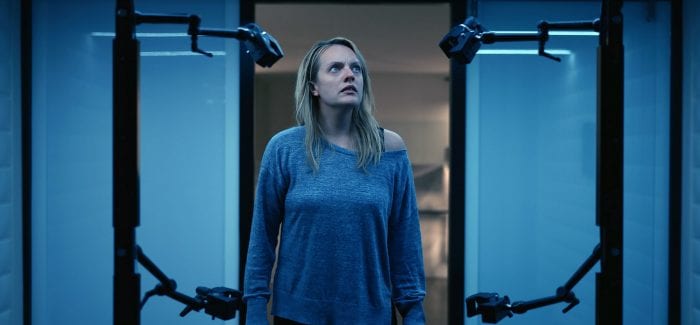

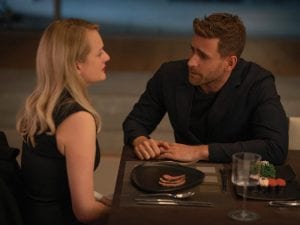
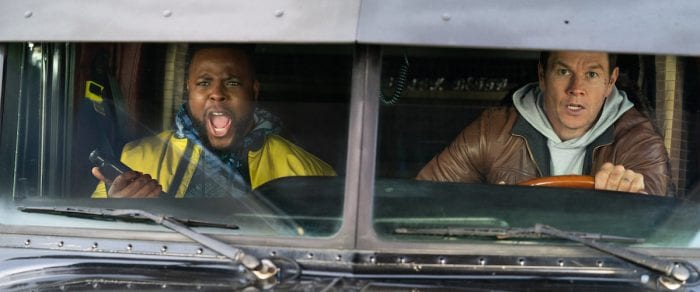
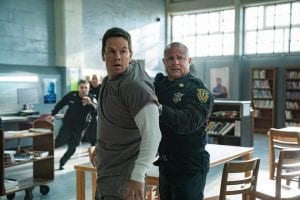 Mark Walhberg plays Boston police officer Spenser who is now being released from five years in prison for assaulting his captain (a stock villain played by Michael Gaston). While at first it seems that Spenser’s sole motivation was breaking up a domestic dispute, it is gradually revealed that there is more to it than just the captain’s mistreatment of his wife.
Mark Walhberg plays Boston police officer Spenser who is now being released from five years in prison for assaulting his captain (a stock villain played by Michael Gaston). While at first it seems that Spenser’s sole motivation was breaking up a domestic dispute, it is gradually revealed that there is more to it than just the captain’s mistreatment of his wife.  The tone strips its gears as it shifts between sitcom and deadly serious. A vicious dog attack is played as slapstick in this bizarre mix of real and cartoon violence. Perhaps there was an attempt to make this a common man as super hero vehicle — there are various references to Spenser as Batman — but there is no follow-through on that concept either. The jokey moments come across as precious, with glib quips often followed by an exceptionally ugly moment. It is not impossible to pull off this seemingly incongruent blend; the Dirty Harry movies did it brilliantly. Spenser Confidential doesn’t even try. It just lopes along, leaving a trail (and trial) of clichés.
The tone strips its gears as it shifts between sitcom and deadly serious. A vicious dog attack is played as slapstick in this bizarre mix of real and cartoon violence. Perhaps there was an attempt to make this a common man as super hero vehicle — there are various references to Spenser as Batman — but there is no follow-through on that concept either. The jokey moments come across as precious, with glib quips often followed by an exceptionally ugly moment. It is not impossible to pull off this seemingly incongruent blend; the Dirty Harry movies did it brilliantly. Spenser Confidential doesn’t even try. It just lopes along, leaving a trail (and trial) of clichés.


